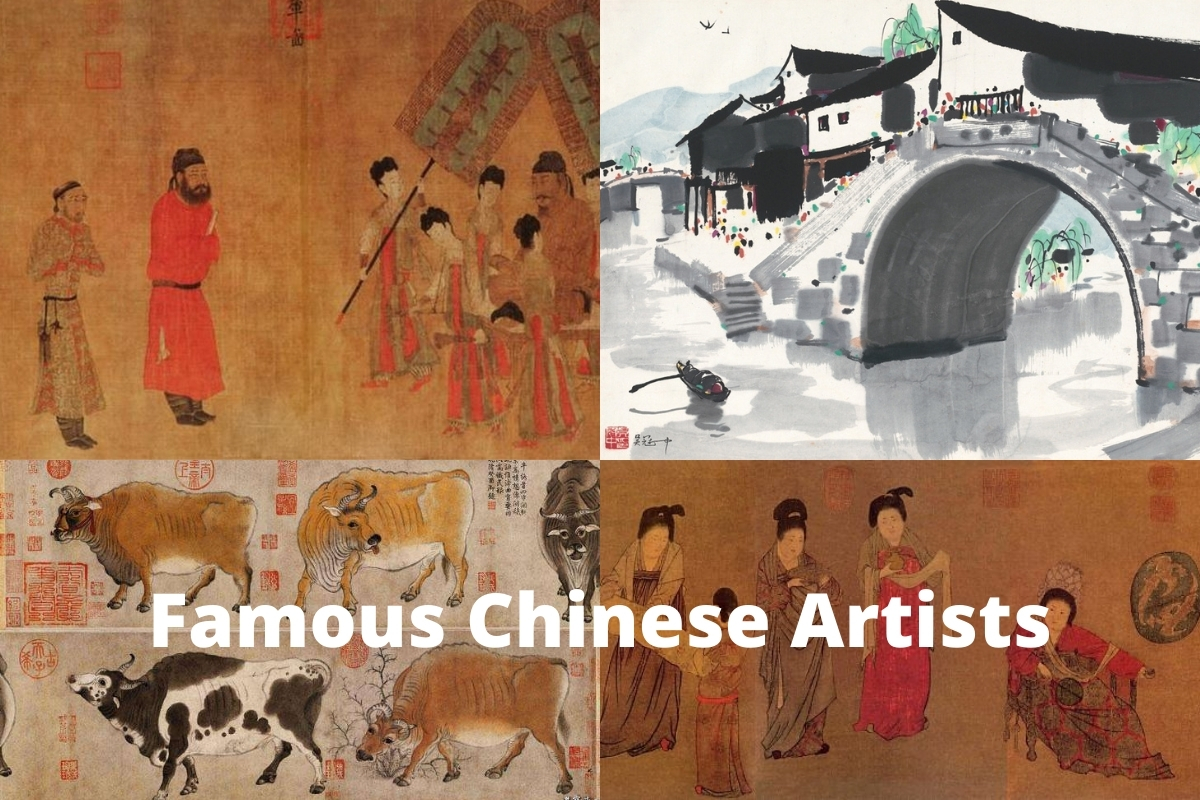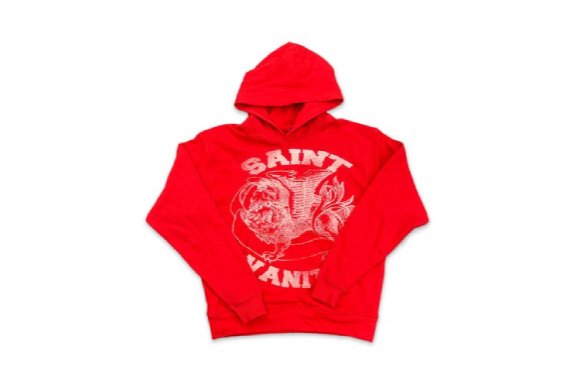Chinese art has evolved for thousands of years, shaped by dynastic changes, philosophical traditions, and individual brilliance. Among the greatest influencers are the famous Chinese artist whose works continue to define the visual language of China. This guide dives deep into the profiles of key historical and modern artists who have shaped Chinese culture and aesthetics.
Why Are Famous Chinese Artists Important in Chinese Art History?
Chinese artists do more than paint or sculpt; they express philosophy, identity, spirituality, and harmony with nature. Their works are woven into the fabric of China’s dynastic legacy and continue to inspire the world.
Key Points:
-
Reflect Confucian, Taoist, and Buddhist ideologies
-
Influence textile, ceramics, calligraphy, and ink painting
-
Act as cultural bridges across centuries
Table: Notable Famous Chinese Artists and Their Contributions
| Artist Name | Era | Known For | Art Type |
|---|---|---|---|
| Zhang Daqian | 20th Century | Ink wash painting, color splashing | Traditional & modern |
| Qi Baishi | 1864–1957 | Shrimp painting, folk art style | Ink painting |
| Fan Kuan | Song Dynasty | Monumental landscapes | Shan Shui (landscape) |
| Gu Kaizhi | 4th Century | Narrative scroll painting | Figure painting |
| Xu Beihong | 1895–1953 | Western-Chinese painting integration | Realistic portraiture |
| Wu Daozi | Tang Dynasty | Religious murals, brush techniques | Buddhist mural art |
Zhang Daqian: The Picasso of the East
Zhang Daqian is one of the most renowned modern Chinese artists. Originally rooted in classical Chinese painting, he later pioneered a “splashed-ink and splashed-color” style that blended Chinese and Western influences. His ability to copy ancient masters and forge works indistinguishably led to an international reputation.
Highlights:
-
Born in 1899, Sichuan Province
-
Travelled globally to study and exhibit art
-
Known for revitalizing ancient Dunhuang murals
Qi Baishi: The Folk Genius of Ink
Qi Baishi rose from a poor rural background to become a master of Xieyi (freehand brushwork). His paintings of shrimp, insects, and small animals reflect deep observation and philosophical minimalism.
Notable Features:
-
Simple yet expressive brush strokes
-
Used traditional seal carving and poetry in compositions
-
Declared a “People’s Artist” in post-revolutionary China
Fan Kuan: Nature’s Monumentalist
A master of landscape painting during the Northern Song Dynasty, Fan Kuan painted towering mountains and valleys to represent the grandeur of nature.
Key Details:
-
Most famous work: Travelers Among Mountains and Streams
-
Paintings reflect Taoist reverence for nature
-
Preferred monumental scale and intricate brush textures
FAQ Section
Q1: What is the difference between ancient and modern famous Chinese artists?
A: Ancient artists like Fan Kuan focused on symbolic and philosophical landscapes, while modern artists like Zhang Daqian incorporated Western techniques, creating a blend of old and new.
Q2: Can calligraphy be considered a form of painting in Chinese art?
A: Yes. Calligraphy is both a literary and visual art form in Chinese culture, where brush technique, rhythm, and emotion play roles similar to painting.
Q3: What made Wu Daozi a legendary figure in Tang Dynasty art?
A: Wu Daozi was celebrated for his fast brushwork and dynamic religious murals, which conveyed spiritual energy unmatched by his contemporaries.
Q4: How did Xu Beihong influence Chinese realism?
A: Trained in Europe, Xu Beihong introduced Western realism into Chinese painting, focusing on anatomy, light, and accurate representation without losing cultural roots.
Characteristics Shared by Famous Chinese Artists
-
Spiritual Expression: Many artworks reflect Buddhism, Taoism, or Confucian thought.
-
Technical Precision: Brush control and ink density are vital.
-
Harmony with Nature: Especially in Shan Shui (山水) art, landscapes dominate compositions.
-
Literary Integration: Poems and calligraphy often accompany visuals.
-
Minimalism with Meaning: Simplicity conveys philosophical depth.
What Makes an Artist “Famous” in Chinese Culture?
In Chinese tradition, fame isn’t solely about visibility or wealth. It comes from:
-
Mastery of technique
-
Philosophical depth
-
Contribution to dynastic legacy
-
Influence on future generations
-
Endorsement by scholars and emperors
Tangible Art Forms Associated with These Artists
-
Silk scrolls
-
Ink wash paper art
-
Wall murals
-
Ceramic design painting
-
Book illustrations
Final Thought
Chinese art is not defined by a single medium or era but by a lineage of minds that merged craft with culture. Studying these famous Chinese artists is not just about appreciating visuals—it’s about understanding centuries of evolving philosophy, aesthetics, and innovation that shaped a civilization.








